By Roger Grody
Expensive culinary academies may insist that exceptional cooking is solely the product of refined technique that takes years to master, but many chefs acknowledge that access to quality ingredients is half the challenge. With celebrity chefs spilling their secrets on the Internet, home cooks are becoming increasingly sophisticated and suburban supermarkets suddenly carry everything from caviar to summer truffles. Some ingredients, however, remain elusive and knowledge of their qualities further closes the gap between seasoned pro and ambitious amateur.
Presented herein are a sampling of underground ingredients that elevate dishes in our favorite restaurants — or at home.
Anchovy Syrup
The buzzy term umami, sometimes described as the “fifth taste” — distinct from salty, sweet, bitter and sour — has become shorthand for describing the essence of crave-worthy savoriness. One under-the-radar ingredient is packed with umami flavor despite the fact that its main ingredient rarely gets much respect. Aside from being an underrated pizza topping, anchovies contribute saturated flavor that enhances a variety of sauces (usually via a paste), and hard-to-find anchovy syrup (aka colatura di alici or anchovy extract) may be the epitome of umami.
Anchovies are often the primary ingredient in fish sauce, a product that gives innumerable Southeast Asian dishes an addictive, exotic flavor. As with balsamic vinegar, patient aging makes the anchovy syrup potent, but not astringent, thereby imbuing marinades, dressings and sauces with an alluring, complex quality. Anchovy syrups from Italy or Spain are not available in most grocery stores, but easy enough to find online.
Gochujang
Multidimensional gochujang — a blend of red chili paste, sticky rice and fermented soybeans — is becoming as commonplace as Sriracha, but its undiscovered versatility still qualifies it as a secret ingredient. And as all things Korean are currently in style, from K-pop to Squid Game, the timing could hardly be better. For an added benefit, gochujang is a secret ingredient hiding in plain view at most neighborhood supermarkets.
Celebrity chef and author Judy Joo, a frequent guest on the Food Network and shows like Today, insists the magic of gochujang transcends Korean cuisine. “It’s the zeitgeist ingredient of choice, and you’ll see it being drizzled on top of pizza, spooned into bouillabaisse and mixed into hummus,” she says. “Gochujang is full of umami and contributes such a deep complexity to dishes, you’ll want to add it to everything,” explains Joo, who recommends incorporating the ingredient into a marinade for salmon. “The gochujang caramelizes nicely and adds a gorgeous sweet-and-spicy flavor to the fish,” she states.
Fennel Pollen
Most cooks are intimately familiar with fennel, which imparts a pleasant hint of anise. Sophisticated cooks may sometimes use fennel fronds as well, which look very much like fresh dill and can provide a similar, but more subtle flavor as the fennel bulb. Referred to as “culinary fairy dust,” the pollen harvested from the plant’s yellow blossoms provides even more delicate anise-flavored notes to meats, vegetables and grains.
At her Los Angeles restaurant Playa Provisions, celebrity chef Brooke Williamson currently uses a dusting of fennel pollen to season the popcorn that garnishes a fresh sweet corn and heirloom tomato salad. “The popcorn gets seasoned with a handful of spices, including turmeric for color and a healthy dose of fennel pollen, then gets tossed over the salad as croutons would,” says Williamson. “It’s also a perfect marriage with the fresh, sweet, raw corn and tomatoes, giving the salad a very distinct herbaceousness,” adds the Top Chef champion.
Nigella Seeds
For centuries, the black seeds of the flowering Nigella sativa plant have been used in diverse cuisines, from North African to South Asian. Now being discovered by American chefs, nigella seeds are sometimes referred to as kalonji or black cumin although they are not scientifically related to cumin. At Oleana in Cambridge, Massachusetts, chef/owner Ana Sortun creates compelling menus inspired by the cuisine of Turkey, which she fell in love with as a young chef, and nigella seeds are a key ingredient in her portfolio of exotic seasonings.
The James Beard Award-winning chef incorporates nigella seeds in the brown butter sauce with walnuts that accompanies her börek, a Turkish pastry she currently rolls with zucchini. Sortun, who also uses the ingredient at Sofra, her Cambridge bakery/café, reports, “Nigella seeds don’t have much aroma, but their flavor is pleasantly sharp, nutty, peppery and slightly vegetal.” She adds, “They can be used as a topping for crackers or savory pies, stirred into jams, mixed into pancake batter, or combined with other nuts and seeds to make a spice mixture like dukkah.”
Bottarga
A dried, cured sac of fish roe, typically from grey mullet, bottarga has been an essential ingredient in Italian and other Mediterranean cuisines for millennia, and as global distribution increases, its value is becoming fully appreciated by professional chefs and home cooks in the U.S. When grated over pasta, grains or vegetables, bottarga introduces a lively new dimension to the underlying dish.
A similar ingredient is used in Asia — the Japanese produce karasumi and in Korea it is called eoran — so bottarga is hardly limited to Italian cooking, but it pairs magically with pasta. At San Francisco’s Flour+Water, the ingredient is regularly used to embellish handcrafted pastas, such as green garlic spaghetti with Manila clams, pea leaves, preserved Meyer lemon and bottarga butter. Thomas McNaughton, who serves as Flour+Water’s co-chef with Ryan Pollnow, states, “Bottarga is an amazing product that blends salinity and umami.” Pollnow adds, “It does for Italian cuisine what fish sauce does in Southeast Asian cuisines. We love making a compound butter out of it to finish seafood pastas.”
Fenugreek
As the world continues to shrink, once-exotic Indian ingredients are finding their way into American pantries, and one of the trendiest is fenugreek, a clover-like herb native to the Indian subcontinent and Mediterranean. Fresh or dried leaves have culinary uses, and the powdered form of the seeds is a frequent component of the garam masala that flavors Indian curries. And because fenugreek imparts a caramel or maple flavor, Southern barbecue masters thousands of miles from Delhi are discovering that the unconventional ingredient contributes a distinctive flavor to their dry rubs. Fenugreek is also heralded for its therapeutic qualities — there is some evidence that it can lower blood sugar or reduce inflammation — and medical researchers in the West are studying its positive effects.
Butterfly Pea Flower
Mixology is an essential part of dining, and the fancifully named butterfly pea flower is a well-kept secret behind the bar. Its use exploded when mixologists discovered how butterfly pea flower can dramatically transform the color of a cocktail without artificial ingredients. Indigenous to Asia, the blossom introduces rich blues, purples or pinks, depending on the level of acidity it comes in contact with. Experimentation with this ingredient is occurring nationwide, but Las Vegas is a natural place for anything that increases the drama quotient in a drink. Tao, the flamboyant Pacific Rim-inspired venue at The Venetian, adds butterfly pea flower to its Divinity cocktail (Grey Goose Le Citron vodka, St-Germain, pineapple and lemon) to give it a rich shade of lavender.
“With the consumer becoming more educated and the availability of content on social media, we have to ensure that we’re staying relevant,” reports Craig Schoettler, vice president of beverage at Tao Group Hospitality. He suggests butterfly pea flower is one item in his mixologists’ toolbox that really presents a “wow” factor for guests. “Not everyone has seen the magic of a cocktail changing color right in front of their eyes,” states Schoettler.
Tiger Nuts
Technically not a nut but a tuber, dried tiger nuts (aka chufa and yellow nutsedge) are the size of small olives, but with a shriveled, mummified-like skin. The ingredient provides multiple health benefits — the fiber- and antioxidant-rich superfood is purported to lower cholesterol and boost the immune system — and its catchy name and natural sweetness make these “nuts” destined to appear on trendy restaurant menus. For cocktails, horchata (a sweet non-alcoholic tiger nut beverage popular in Spain) can be mixed with tequila or other spirits.


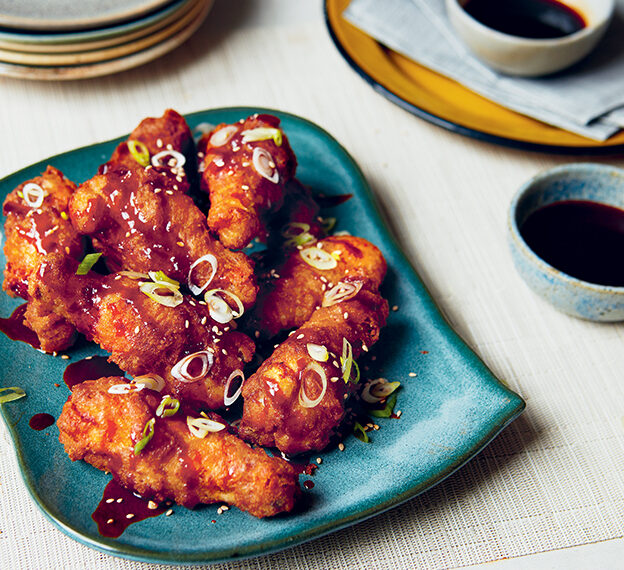
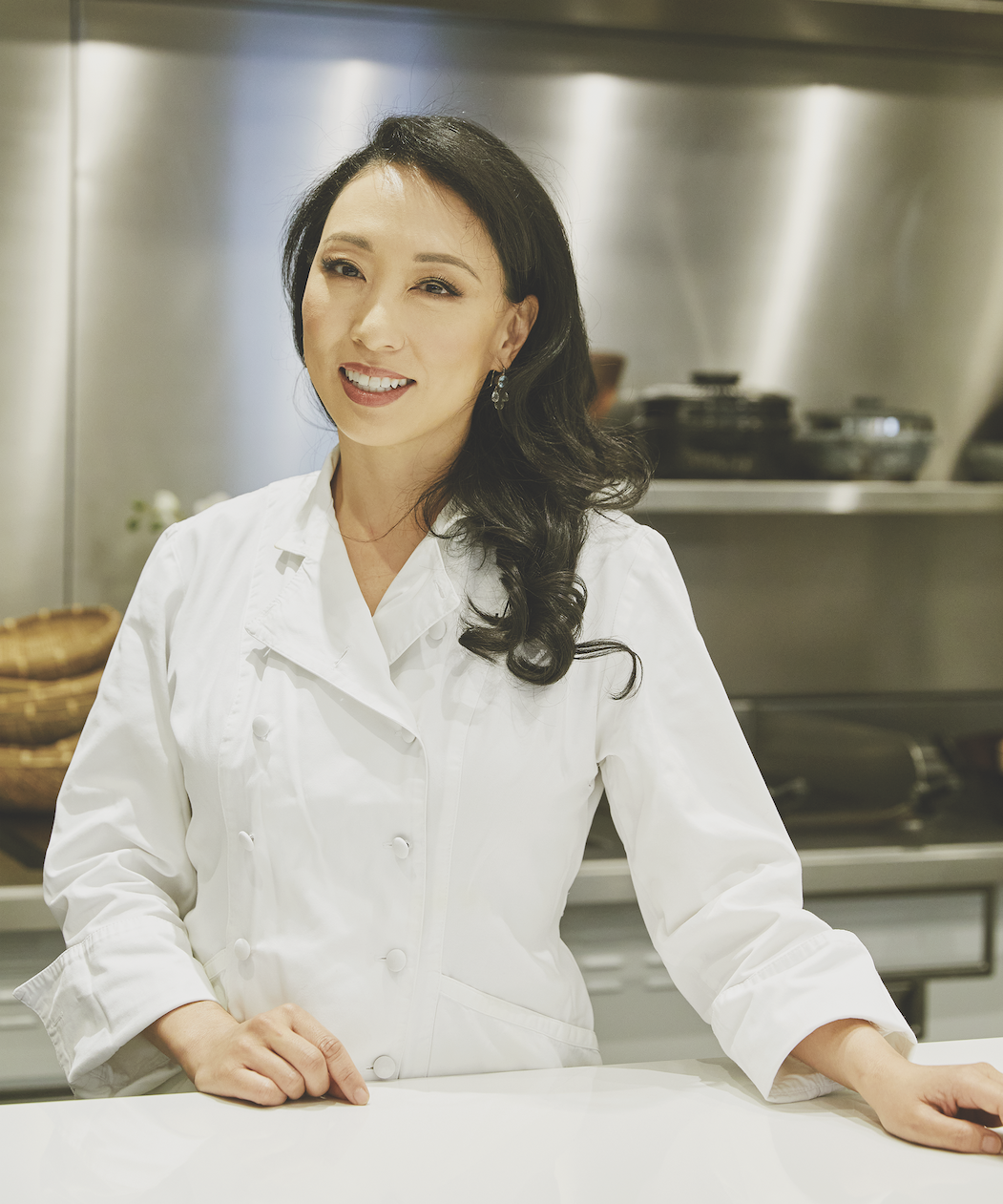
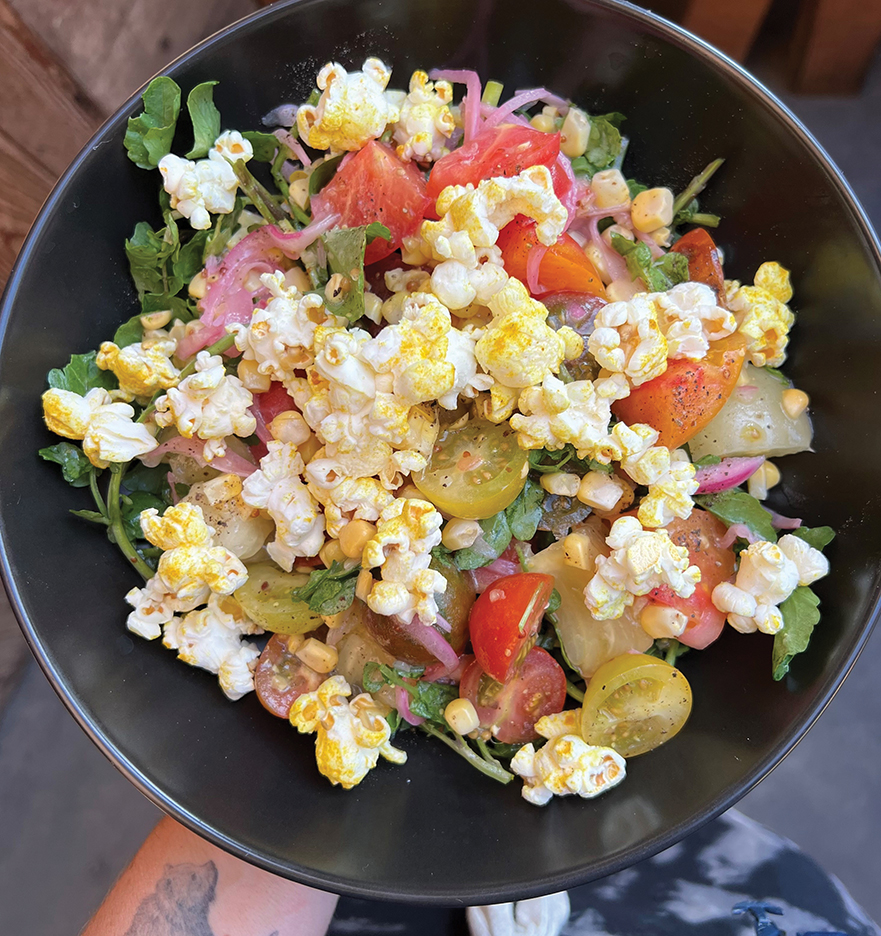
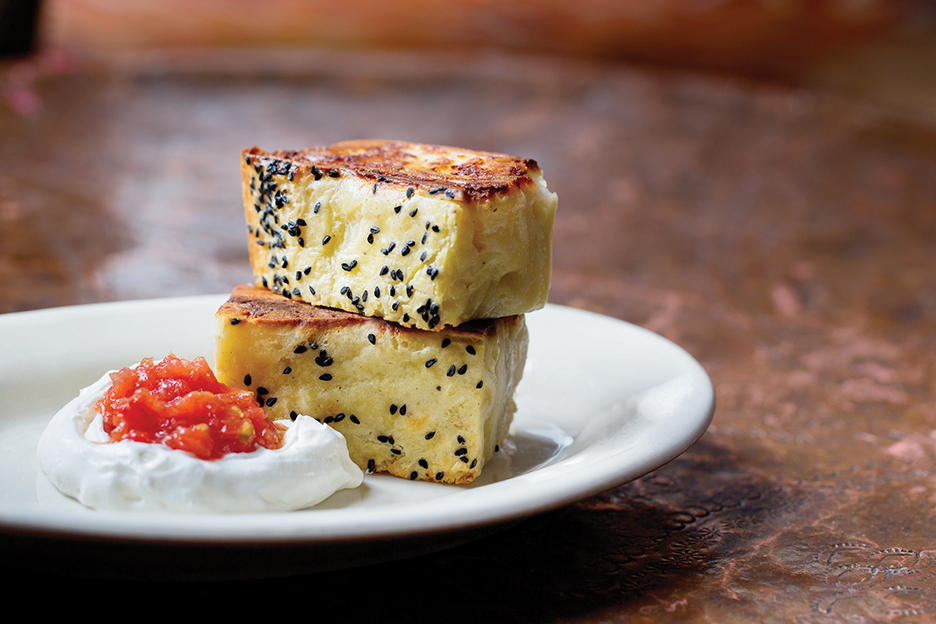
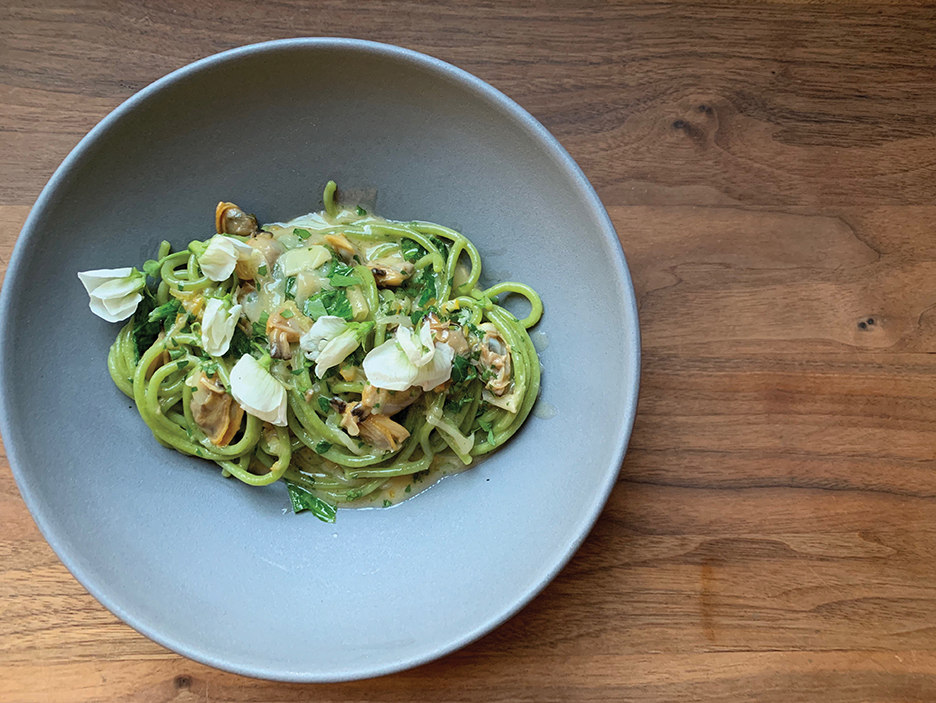
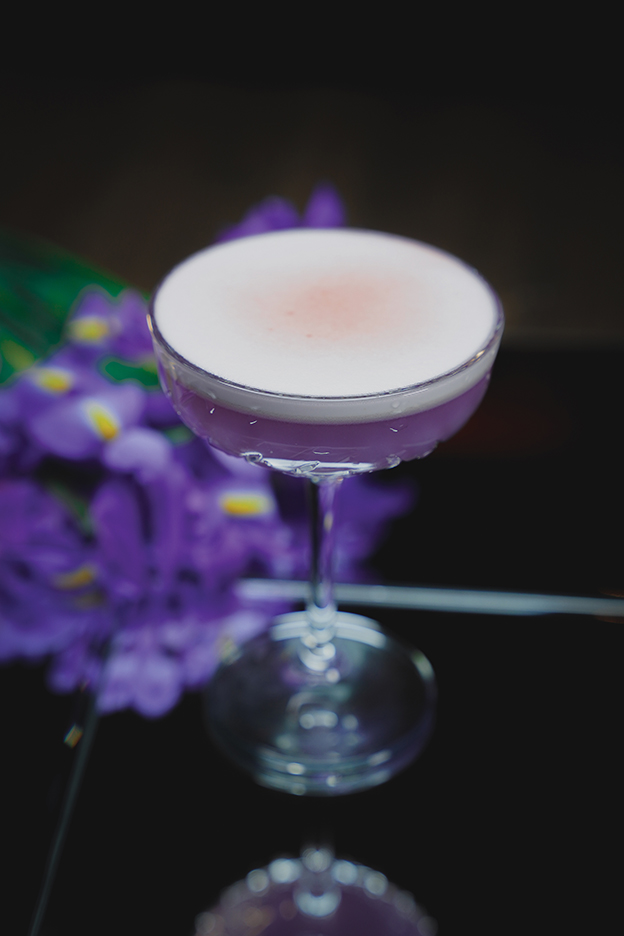
Leave a Reply